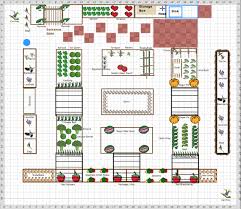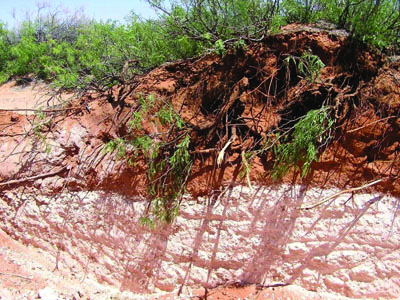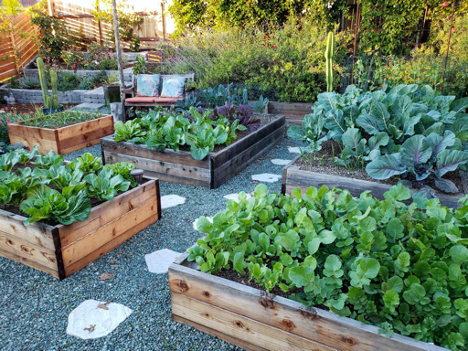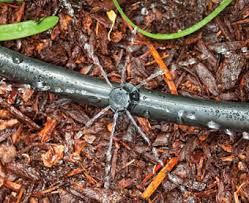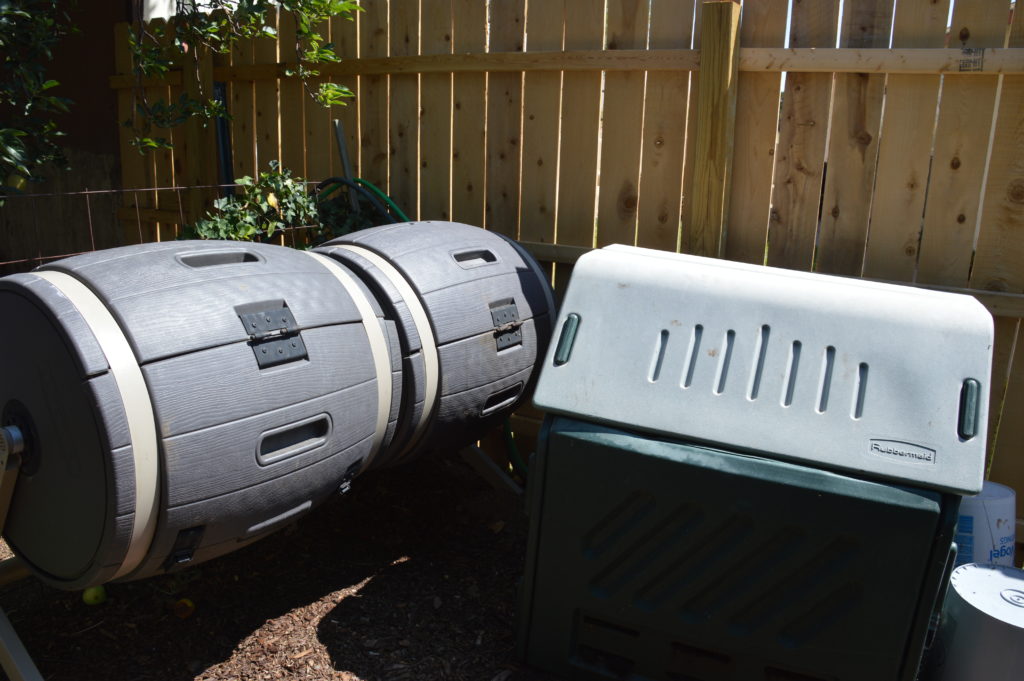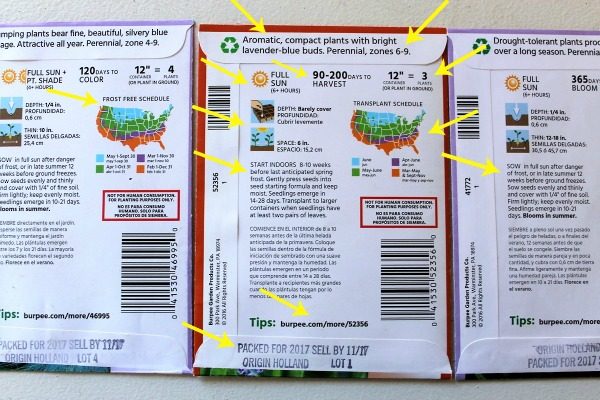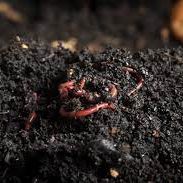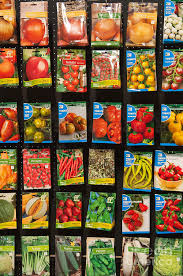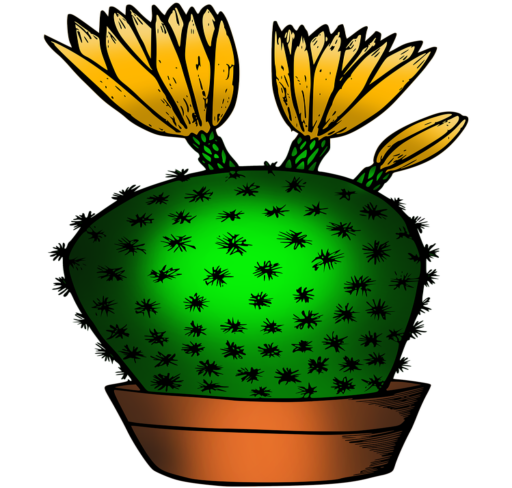High Desert: If you want to plant in containers in a sheltered area, you can have a Winter garden September to April. Otherwise plant your cool-season plants on the shoulders of the warm season, March and April.
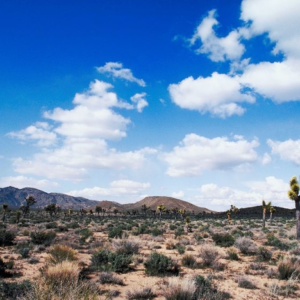
High Desert
Albuquerque, New Mexico is in the desert, even though the city’s altitude is over 5,000 feet. The altitude varies from the Rio Grande River valley areas at 4900 feet to the foothill areas at over 6000 feet. These foothills are along the Sandia Mountains . The Sandia Mountains, on the East side of Albuquerque, rise to over 10,679 feet. The USDA places Albuquerque in zone 7, with variations from the city’s valleys to its cool semi-arid desert foothills.
Santa Fe New Mexico is high desert at an elevation of 6998 feet, making it the third highest desert city in America. For more information see Santa Fe.
Approximate Weather Data for the Chihuahua/High Deserts are:
- First frost average: September 15.
- Last frost average: May 20.
- The summer Highs: In the mid 90° F range.
- Summer humidity: 20 to 60 percent.
- Winter humidity: 0 to 30 percent.
Spring Plantings in the High Desert:
Cole crops like Broccoli, Cauliflower, and Cabbage can be direct seeded into your garden around April 10, assuming the ground can be worked, but it’s better to start them indoors around March 13 and then transplant them into the garden around May 2. Do the same with lettuce and spinach.
Plant onion starts and potatoes around March 23. Sow the seeds of peas (sugar snap and english) at the same time. If the ground is still frozen, then plant these as soon as the ground thaws.
Do you want to grow tomatoes, peppers, and eggplants? Start these indoors around March 13. Then, around May 18 you should start watching the weather forecast and, as soon as no frost is forecast, go ahead and transplant those into the ground.
For your Summer Plantings
Now, for all the summer vegetables like beans, cowpeas, corn, pumpkins, cucumbers, watermelons, gourds and sunflowers, you should plant those seeds directly into the ground around May 22, or if your soil is still very cold, once the soil is near 60° F in temperature. Having said that, we note that your location has a shorter than average growing season. Many summer vegetables need more days to mature than your area will provide. For that reason, we recommend you get a head-start by starting these summer vegetables indoors around May 2, and transplant those seedlings out after the danger of frost is past.
For your Fall Plantings:
Most tomatoes, peppers and eggplants, for example, require around 100 days to harvest, therefore you’d want to transplant those into the ground around June 21. Anyway, it’s important to remember that the numbers in this fall planting guide are only a starting point for you! Good luck and good gardening to you.
Fall is the time to plant garlic. Around August 15, take your cloves apart and plant the toes about 3 to 4 inches deep. This may not be accurate! Garlic dates vary wildly around the country. The way to be sure is to use a soil thermometer. When the soil temperature is 60° at a depth of 4 inches, then plant your garlic.
Cole crops like broccoli, cauliflower, and cabbage can be direct seeded into your garden around July 21, but because of the heat during that time of year, it’s better to start them indoors around June 1 and then transplant them into the garden around July 11. Do the same with lettuce and spinach.
Sow peas directly around July 16.
Now, for all the usual hot weather veggies like beans, cowpeas, corn, pumpkins, and watermelons, you should plant those seeds directly into the ground around June 16.
Vegetable gardening in the high desert presents its own set of challenges due to the high elevation, extreme temperature fluctuations, low humidity, and limited precipitation.
However, with the right strategies and techniques, it is possible to grow a thriving vegetable garden in this environment. Here are some tips for vegetable gardening in the high desert:
Select suitable vegetables:
Choose vegetables that are well-suited for the high desert climate. Look for varieties that can tolerate temperature fluctuations and have a shorter growing season. Cold-hardy vegetables like kale, Swiss chard, carrots, beets, peas, and radishes often do well in high desert regions.
Consider microclimates:
High desert areas can have significant temperature variations throughout the day. Take advantage of microclimates in your garden by planting in areas that receive more or less sun or are sheltered from strong winds. South-facing slopes or walls can absorb heat during the day and release it at night, creating a slightly warmer environment.
Extend the growing season:
Use techniques like season extension to maximize your growing season. Start seeds indoors or use cold frames or hoop houses to protect young plants from frost and cold temperatures. This allows you to plant earlier in the spring and harvest later into the fall.
Amend the soil:
High desert soils are often sandy or rocky, lacking in organic matter and fertility. Amend the soil with compost, well-rotted manure, or other organic materials to improve its water-holding capacity and nutrient content. This will help provide a better growing medium for your vegetables.
Mulch and conserve moisture:
Mulching is crucial in the high desert to conserve moisture in the soil and reduce evaporation. Apply a layer of organic mulch, such as straw or wood chips, around your plants to help retain soil moisture and suppress weed growth. Mulching also helps moderate soil temperatures and protect roots during temperature extremes.
Efficient watering:
Water is limited in high desert regions, so it’s important to use water efficiently. Consider using drip irrigation or soaker hoses to deliver water directly to the roots of your plants, minimizing evaporation and water waste. Water deeply and infrequently to encourage deep root growth and drought tolerance.
Protect from wind and hail:
High desert areas often experience strong winds and occasional hailstorms. Plant windbreaks, such as fences or rows of tall plants, to create a barrier and protect your vegetable garden from wind damage. Consider using netting or hail protection structures to shield your plants during hail events.
Monitor for pests and diseases:
Regularly inspect your plants for signs of pests and diseases. High desert regions may have specific pest challenges like grasshoppers, cutworms, or aphids. Implement appropriate pest control methods, such as handpicking, organic insecticides, or companion planting to manage pest issues.
By implementing these strategies and adapting to the unique conditions of the high desert, you can cultivate a successful vegetable garden and enjoy fresh, homegrown produce. Experimenting with different vegetables, observing plant performance, and adjusting your gardening practices over time will help you develop a deeper understanding of what works best in your specific high desert environment.
